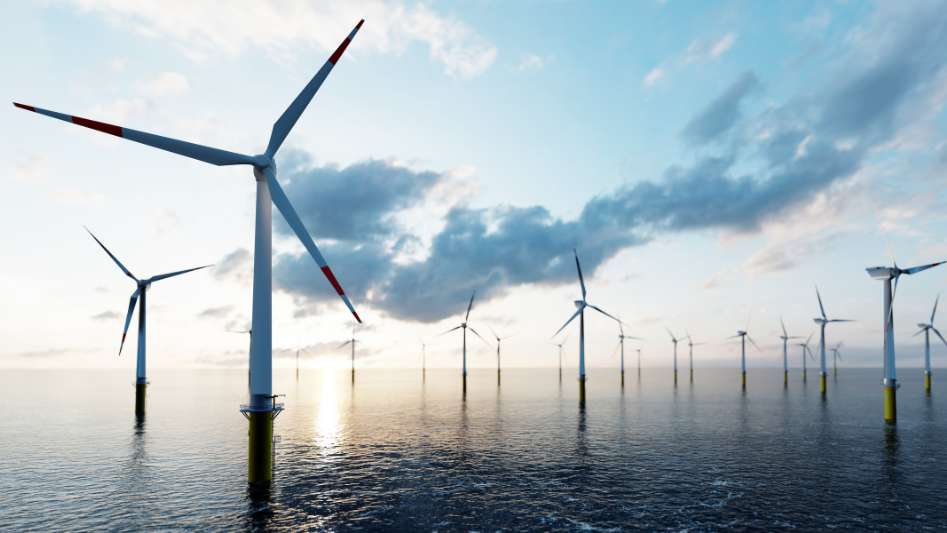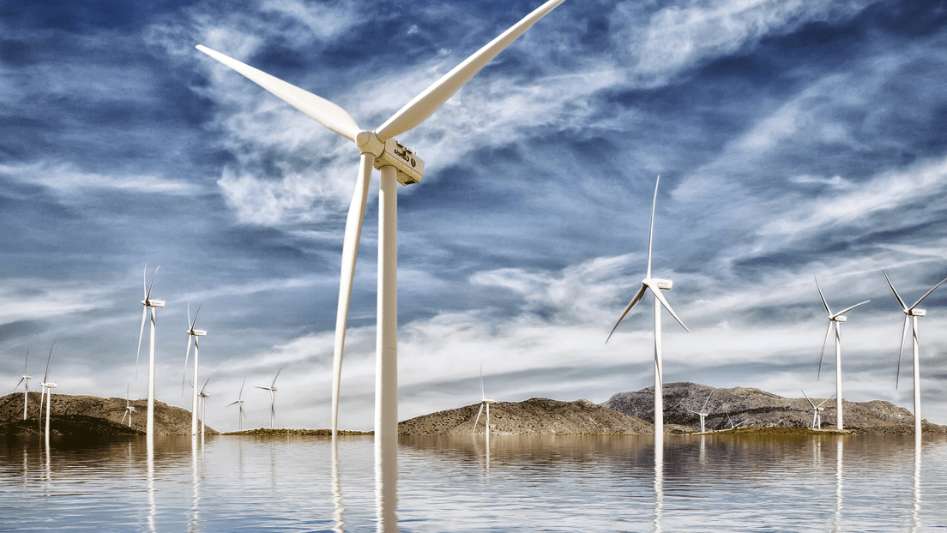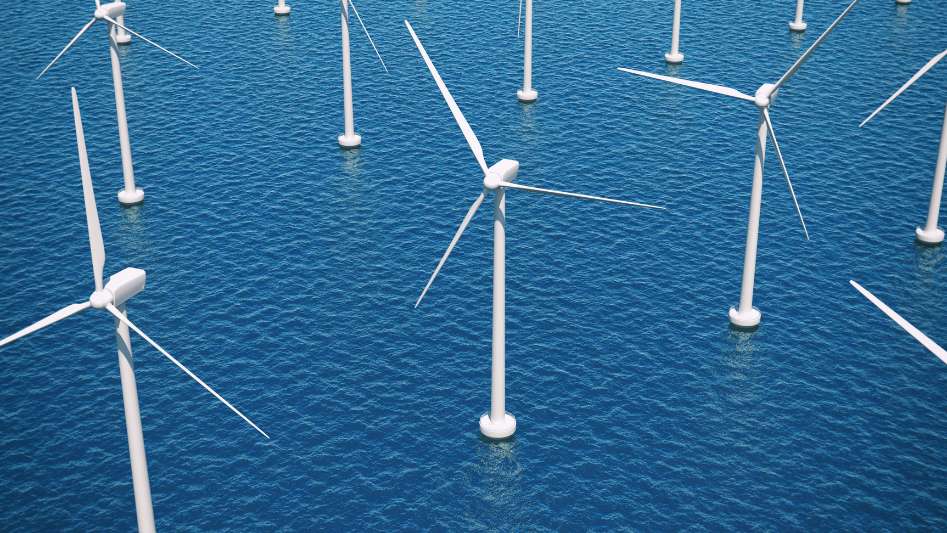Revolutionize wind energy design with the help of computational fluid dynamics (CFD) technology. Unlock new levels of efficiency and performance in your wind energy projects.
Table Of Content
Introduction to Wind Energy
Wind energy is a clean and renewable source of energy that has become increasingly important in meeting the world’s energy needs. Wind turbines harness the power of wind to generate electricity, reducing dependence on fossil fuels and helping to mitigate the impacts of climate change.
We invite you to read: “Blowing in the Right Direction: The Rise of Wind Energy for IOT Applications”
The Limitations of Traditional Wind Energy Design
In the past, wind energy design was primarily based on physical prototypes, experiments, and empirical models. While these methods were effective in providing a basic understanding of wind turbine performance, they had several limitations. For example, physical prototypes were expensive and time-consuming to build, while empirical models were often limited in their accuracy and scope.
The Emergence of Computational Fluid Dynamics (CFD)
Computational Fluid Dynamics (CFD) is a simulation-based approach to understanding fluid flow. In recent years, CFD has emerged as a powerful tool for wind energy design, providing a more accurate and efficient way to analyze and optimize wind turbine performance.
How CFD is Revolutionizing Wind Energy Design
CFD simulations allow engineers to analyze wind turbine performance in a virtual environment, reducing the need for expensive physical prototypes and experiments. With CFD, engineers can test and optimize wind turbine designs in a matter of hours, instead of months or years. This has led to the development of more efficient and cost-effective wind turbines, with improved performance and reduced costs.
The Advantages of CFD for Wind Energy:
CFD offers several advantages for wind energy design, including
Improved accuracy and efficiency: CFD simulations provide a more accurate and comprehensive understanding of wind turbine performance, allowing engineers to optimize designs in a fraction of the time required by traditional methods.
Increased flexibility: CFD simulations allow engineers to test and evaluate a wide range of wind turbine designs, providing greater flexibility and creativity in the design process.
Reduced costs: By reducing the need for physical prototypes and experiments, CFD can lower the overall costs of wind energy design and development.
Better understanding of aerodynamics: CFD simulations provide detailed information about the flow of air around a wind turbine, allowing engineers to improve aerodynamic efficiency and reduce noise.
We invite you to read: “Unlocking the Benefits of Wind Energy: Why Going Higher is Better”
The Future of Wind Energy Design with CFD
As CFD continues to evolve and improve, it has the potential to revolutionize the wind energy industry, making wind energy even more efficient and cost-effective. In the future, CFD simulations may even be used to design new wind turbine configurations, with improved performance and reduced costs.
Conclusion
Computational Fluid Dynamics (CFD) has emerged as a powerful tool for wind energy design, providing a more accurate and efficient way to analyze and optimize wind turbine performance. With its ability to reduce costs, improve accuracy and efficiency, and increase flexibility, CFD has the potential to revolutionize the wind energy industry, making wind energy even more accessible and cost-effective.
We invite you to read: “Why Wind Energy is an Essential Part of the Renewable Energy Mix”
FAQ
What is Computational Fluid Dynamics (CFD)?
CFD is a simulation-based engineering tool used to study fluid flow and related physical phenomena.
How is CFD used in wind energy?
CFD is used to model and analyze wind flow patterns around wind turbines, enabling engineers to optimize design and improve performance.
What are the benefits of using CFD in wind energy design?
CFD helps identify areas of high turbulence and wake effects, reducing structural loads, improving energy efficiency, and reducing costs.
Is CFD a reliable tool in wind energy design?
Yes, CFD is a highly reliable tool, validated by numerous studies and real-world applications.
How does CFD compare to traditional wind tunnel testing?
While wind tunnel testing provides valuable information, it is limited by its physical constraints and can be expensive. CFD provides a flexible, cost-effective alternative that can be easily scaled and optimized for specific projects.
You May Also Like
- Onshore Versus Offshore Wind Energy: Pros & Cons
- The Story of the Trucker Who Helped Harvesting Wind Energy
- DIY: Wind Energy Set Up and Maintenance
- The Sky’s the Limit: Understanding the Potential of Kite Turbines for Wind Energy
- Martian Wind Energy: A Science Fiction Look at the Possibility of Wind Turbines on Mars
External Links
- Special Issue “Computational Fluid Dynamics Simulations for Wind Turbines”
- Wind Farm Optimization with Turbine Placement Using CFD Simulations
- DESIGN AND ANALYSIS OF VERTICAL AXIS WIND TURBINE ON SMALL SCALE ENERGY PRODUCTION
- Computational Fluid Dynamics (CFD) Study on the Effect of the Number of Blades on the Performance of Double-Stage Savonius Rotor
- Computational Fluid Dynamics (CFD) Analysis of Different Sizes of Savonius Rotor Wind Turbine




